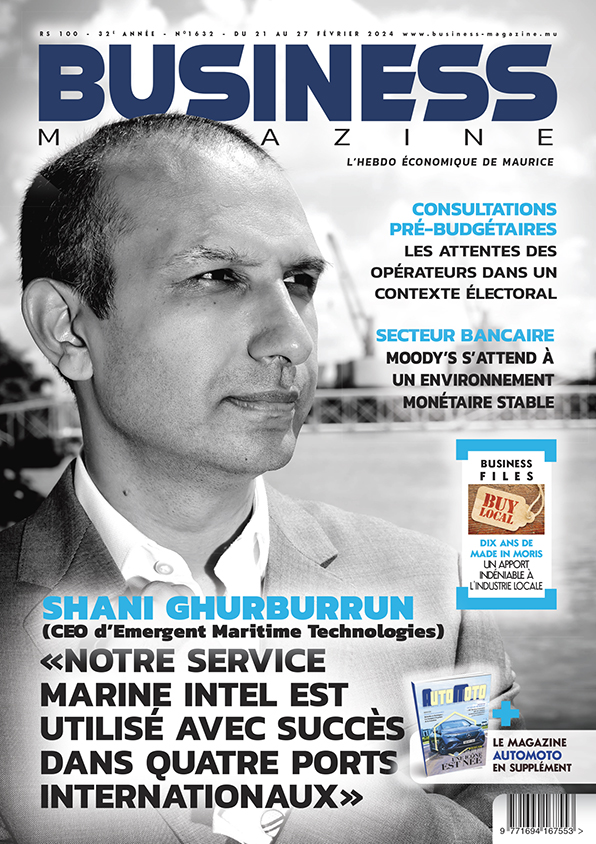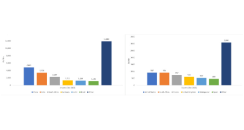About the Uncharted Waters of High Inflation and Global Economic Fragility…
Share

High inflation is expected to continue to challenge the world economy next year. In a recent Reuters poll, three quarters of over 200 economists believe the main risk is that inflation will turn out higher than forecasted, subsequently keeping interest rates higher for longer.
While some central banks are anticipated to start cutting interest rates by mid-2024, an increasing number of economists are revising their views, pushing the likely date to the second half of the year. This marks a significant shift from earlier this year when some investment banks predicted that the U.S. Federal Reserve would already be cutting rates.
Despite some success in reducing inflation from its peaks, prices are still rising at a rate faster than most central banks would like, making achieving inflation targets a daunting task. The latest Reuters poll, conducted between Oct. 6 and Oct. 25, shows growth downgrades and inflation upgrades for the majority of the 48 economies surveyed worldwide.
Of those surveyed, 75%, or 171 of 228 economists, believe the risk to these upgraded inflation forecasts is skewed higher. Only 57 see the risk as lower. This data follows the announcement that the U.S. economy grew nearly 5%, annualized, in the third quarter, distinguishing itself from its global peers. It also comes after European Central Bank President Christine Lagarde warned that discussing a cut in interest rates was “totally, totally premature.”
Despite many central banks, including the Fed and the ECB, advocating for “higher for longer” interest rates, some economists and financial market traders have been hesitant to embrace this viewpoint. BMO Chief Economist Douglas Porter commented: “I think all of us have to keep an open mind that maybe policy isn’t restrictive enough.”
Although the majority of economists predict the Fed will cut rates by mid-year, the latest poll shows just 55% support this scenario, down from over 70% last month. Furthermore, the majority now believes that no cuts will occur until the second half of 2024 for the Reserve Bank of Australia, Bank Indonesia, and the Reserve Bank of India. Additionally, the Bank of Japan, which has maintained an ultra-loose policy, is expected to abandon negative interest rates next year.
Importantly, most economists agree that the initial easing steps will not signal a rapid series of cuts. When asked what would prompt the first cut by their respective central bank, over two thirds of respondents, or 149 of 219, said it would be to make real interest rates less restrictive as inflation falls. The remaining 70 respondents believe the first move would be to stimulate the economy, suggesting only a minority foresee a hard enough hit to demand and inflation to warrant a monetary response. Global economic growth is forecasted to slow to 2.6% next year, down from the anticipated 2.9% this year.
Citi’s Global Chief Economist Nathan Sheets notes: “Central banks have had the highest rates in order to fight inflation… it’s certainly restraining activity, and it’s going to be a while before we get global growth above what has been its historical average.”
On the sidelines, the global economy is at a pivotal juncture as it faces a slower growth rate, high inflation, and escalating geopolitical tensions. The latest IMF forecasts predict global growth will decrease from 3.5% in 2022 to 3.0% in 2023, with advanced economies particularly affected. The aftermath of the Covid-19 pandemic and Russia’s invasion of Ukraine has highlighted the need for decisive action and innovative policy solutions to create a more prosperous and equitable future.
In light of these challenges, robust monetary policy frameworks and effective communication strategies are essential in managing inflation expectations and achieving disinflation at a lower output cost. The IMF’s recent report emphasizes the complementary role of these frameworks in establishing a stable economic environment.
Additionally, the climate crisis demands immediate global action. The Paris Agreement set ambitious goals that require collective effort, including the development of climate policies at the country and regional levels, the strengthening of climate information infrastructure, and a substantial increase in climate investment.
For low-income countries grappling with rapid inflation, food insecurity, and mounting debt, the need to increase revenues, reprioritize expenditures, and deepen domestic funding markets is crucial. This includes leveraging digital technologies and emerging revenue sources to sustainably raise domestic resources.
The Marrakech Principles, announced during the IMF’s Annual Meetings in Marrakech, encapsulate the need for sound policies for price stability, financial stability, prudent fiscal policy, transformational reforms, and investments in people and education. As we move forward, harnessing the lessons of the past and the opportunities of the present is vital in building a more prosperous and equitable future. Despite the challenges, the data and evidence make it clear that there are no other viable options at this point.









